When you practice skillful actions, Vishnu’s
pose can feel as relaxed and peaceful as it look.
When the Hindu Deity Lord Vishnu is
depicted in traditional images, resting on a cosmic-serpent couch as he dreams
the world into existence, he looks calm and effortlessly equanimous. When you
see yogis skillfully practicing Anatasana (Reclining Pose Dedicated to Vishnu),
his namesake pose, you might imagine that their relaxed, poised demeanor means
the pose is laid-back and easy. But looks can be deceiving: Anantasana requires
you to balance on the fine line of the side of the body while one leg extends up
to infinity. Any number of things can pull you off balance. If you lose your
focus, you might topple over, tweak your neck, or bruise your pride. Lose
stability along your spine, slouch your back, or round your shoulders, and the
pose collapses.
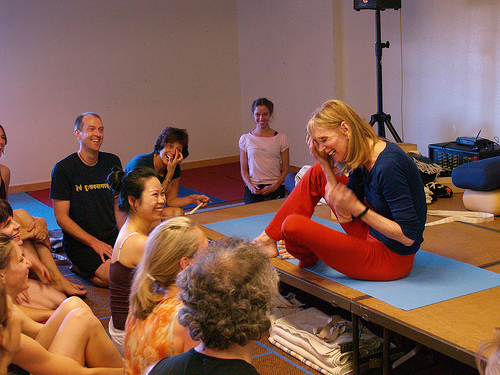
yogis
skillfully practicing Anatasana (Reclining Pose Dedicated to Vishnu)
Throughout this practice, you’ll open your
shoulders and hips while you create length in your torso, arms, and legs, in
addition, you’ll engage your core in order to stabilize the spine. All of the
movements and actions will help keep you balanced in the final pose. But
remember, finding your balance is a constant, dynamic process. It’s a dance
that changes from moment to moment. By staying sensitive, clear, and courageous
in all of your poses, you can become more aware of the tiny adjustments that
you need to make in order to stay stable in Anatasana. Also, it should be noted
that losing your balance is not a bad thing; it brings the edges of extremes to
light and shows you where you need more physical or mental support. And it’s
preferable to holding on to or struggling through a pose. The following
instructions will encourage you to coordinate a dynamic balance; so let go of
the struggle to balance and instead play lightly to understand what kind of
physical support is needed to create the luxurious reclining feel of this pose.
When your physical alignment is in place, you just might find that you begin to
open to the clear, quiet stillness of Vishnu’s repose on his cosmic serpent.
Practice this sequence all the way through,
taking Supta Padanguthasana II (Reclining Hand-to-Big-Toe Pose II) on the left
side first. This will prepare the left leg to open fully when you lie on your
right side to come into Anantasana. Then, when you release Anantasana on the
first side, come back to the beginning and practice the entire sequence again
on your second side.
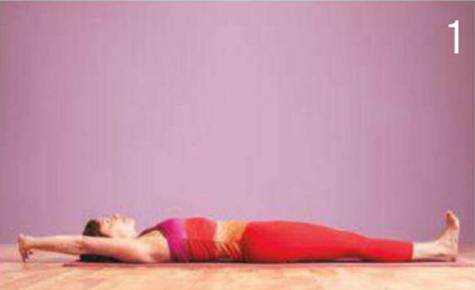
Lengthen
your torso and limbs while you maintain the natural curve of your spine and
engage your core
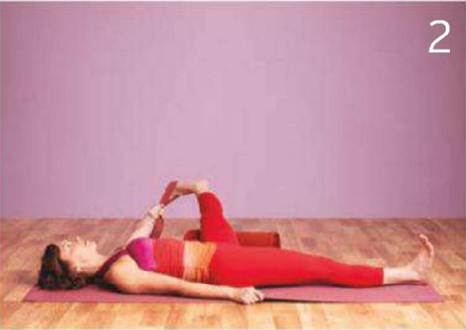
Don’t
worry that your leg doesn’t reach the floor. The prop here helps to isolate the
leg action in your hips
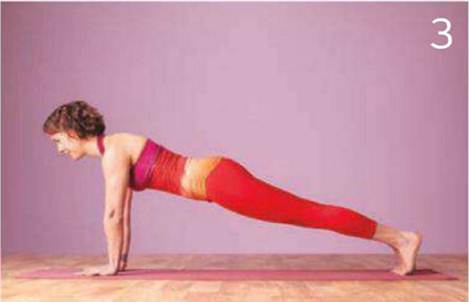
Plank
Pose activates your core strength, calling on the muscles needed to maintain a
neutral spine.
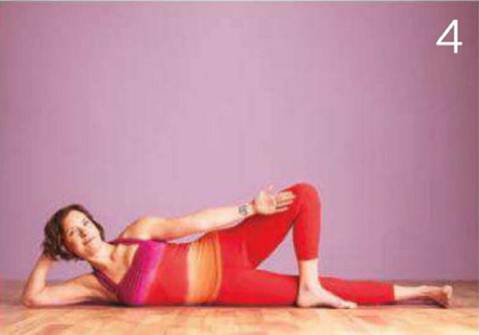
Open
your shoulders and take a deep hip stretch in this stable variation of the
final pose.
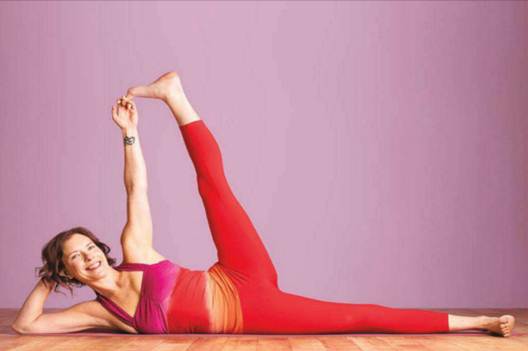
Final
pose: with your shoulders and hips open and your core engaged, discover the
dynamic balance of Vishnu’s pose